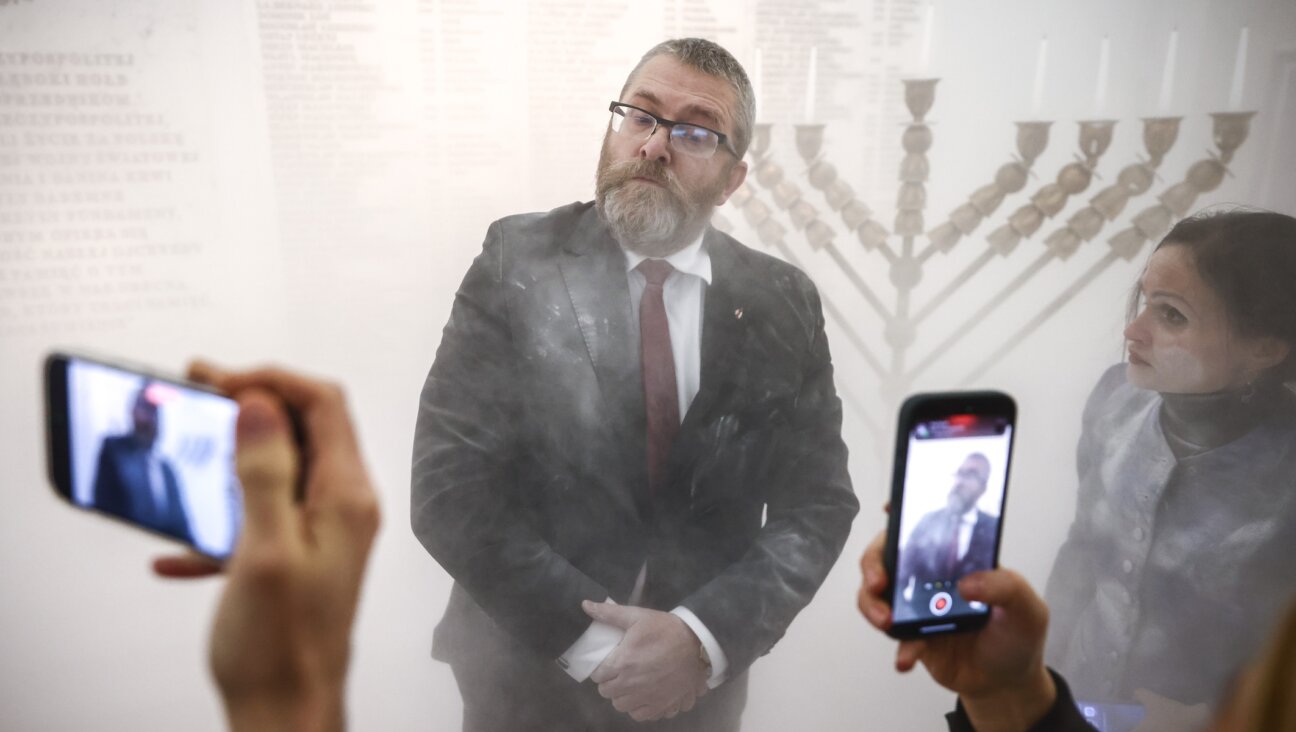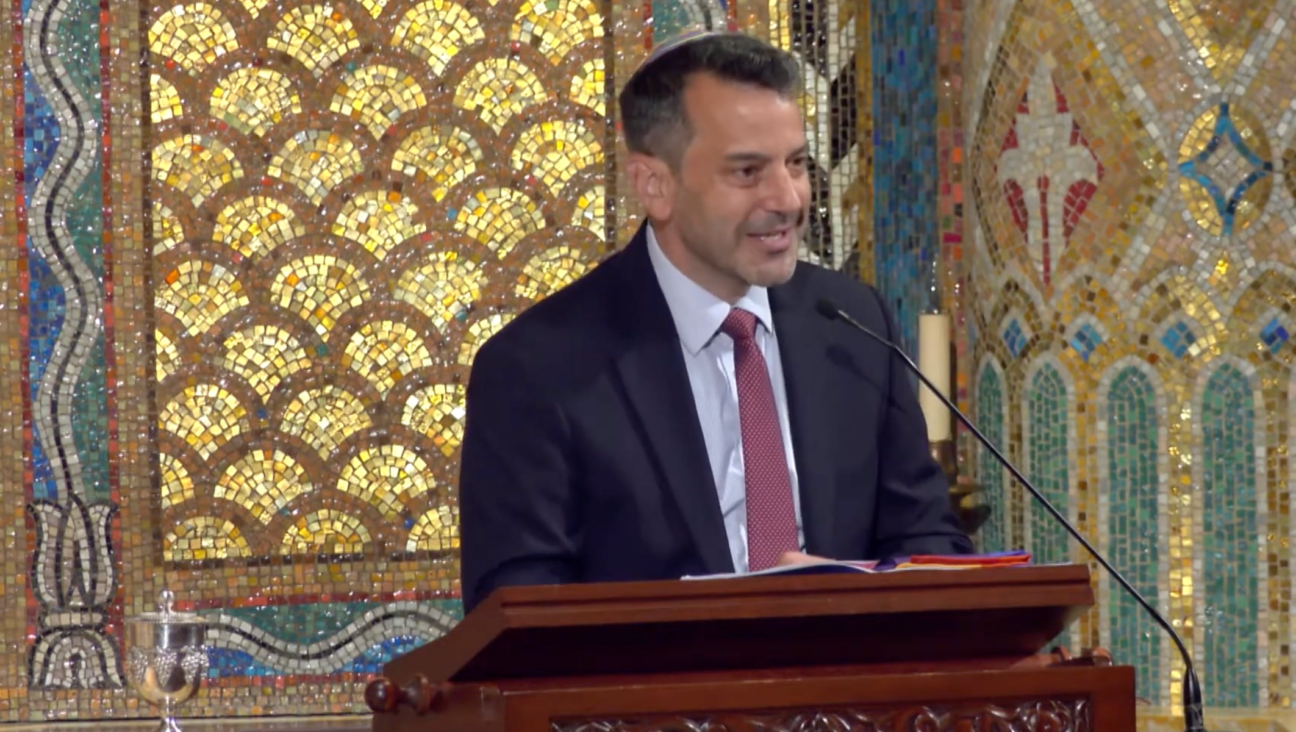A Honeymoon of Jewish Study

Timna Liberman writes from Chicago to ask:
“Are you able to shed any light on the etymology of the word kallah in the Hebrew expression yarchei kallah, which refers to study months?”
Yarḥei kallah, which on the face of it translates as “months of the bride” or “bridal months,” was the name of a custom that existed in ancient Babylonia during the talmudic age and the Geonic period that followed. Twice a year, in the late winter month of Adar and the late summer month of Elul, all the rabbis of the region left their jobs or positions and gathered for a month of communal Talmud study. The custom never spread beyond Babylonia, and eventually lapsed there, too, but in contemporary American Jewish life yeraḥ kallah (that’s the singular form) is sometimes used as a name for a Jewish study retreat, even if it lasts only a few days. It’s a nice recycling of an old term.

But why “bridal months”? Two different answers have been given. One is that the bride in question is the Torah, with which Jews spend, as it were, a honeymoon by being sequestered together with it for an entire month. The other is that kallah in this expression does not mean “bride” at all and that another meaning for the word must be sought.
Neither of these hypotheses strikes me as all that likely. Although the Torah is indeed sometimes represented in Jewish sources as Israel’s bride, this image is medieval and kabbalistic and cannot be found in the talmudic age. And while the alternative meaning to “bride” that has been most commonly suggested by scholars is that of “general assembly” or “get-together,” based on Hebrew kol, “all,” and k’lal, “the generality of” or “the general public” (from which comes the term Kolel, a communal study group), kallah does not appear in this sense anywhere else in rabbinic literature. The argument that a word must once have had a certain meaning because it would help explain things if it had it is not a logically compelling one.
Which brings us to my own theory. It begins with a fantastical but charming story in the talmudic tractate of Bava Metsi’a about the early fourth-century talmudic sage and headmaster of the famed Pumbedita yeshiva, Rabba bar Nachmani, who is said to have instituted the practice of yarḥei kallah. Twice a year, we are told, Bar Nachmani gathered 12,000 rabbis for these month-long convocations, during which he forbade them to engage in anything but study — a dictate that angered the Babylonian authorities, since it diminished the rabbis’ income and thus the taxes that they paid.
And so, the story continues, a bailiff was sent to arrest Bar Nachmani, who fled from place to place until he finally took refuge in the marshy reeds by a lake. Just then, an argument was going on in heaven between its rabbinic denizens and God over the correct interpretation of a law in the Bible. Inasmuch as both sides agreed that the greatest expert on the subject was Rabba bar Nachmani, God sent a wind to stir the reeds, thereby scaring the hiding man into thinking that a search party of soldiers was looking for him. He jumped into the lake, drowned and was immediately ushered into heaven, where he settled the dispute by ruling in God’s favor.
I hope he was at least given a towel and a hot drink first. And now let’s jump to the book of Deuteronomy, chapter 24, verse 5. There we read in the King James translation.
When a man hath taken a new wife, he shall not go out to war, neither shall he be charged with any business: but he shall be free at home one year, and shall cheer up his wife which he hath taken.
What is meant by “any business”? The rabbinic commentators explain that not only is a new husband to be exempt from military service until he has had a year to spend with his bride, but he is also not to pay any tax or corvée. In effect, the newlyweds are to be granted a “honey-year” in which they are to be free of any public demands on them.
Can it be only a coincidence that this is the freedom that was demanded by Rabba bar Nachmani for the rabbis taking part in his yarḥei kallah? While two months are not a year, the principle is the same. A period of grace is granted from normal tasks and obligations so that one may devote oneself to a special someone or something without distraction.
The term yarḥei kallah, I’m suggesting, was born of a simple analogy with the verse in Deuteronomy. As a bride has the right to total attention during her first year of marriage, so Torah study should have no competitors during the months of Adar and Elul. It’s not that the Torah itself was imagined as a bride by Rabba bar Nachmani and his contemporaries; rather, they were comparing participation in a study retreat to the duties and privileges of being a new husband. That, anyway, is my guess as to where the expression comes from.
Questions for Philologos can be sent to [email protected]
A message from our Publisher & CEO Rachel Fishman Feddersen

I hope you appreciated this article. Before you go, I’d like to ask you to please support the Forward’s award-winning, nonprofit journalism so that we can be prepared for whatever news 2025 brings.
At a time when other newsrooms are closing or cutting back, the Forward has removed its paywall and invested additional resources to report on the ground from Israel and around the U.S. on the impact of the war, rising antisemitism and polarized discourse.
Readers like you make it all possible. Support our work by becoming a Forward Member and connect with our journalism and your community.
— Rachel Fishman Feddersen, Publisher and CEO























